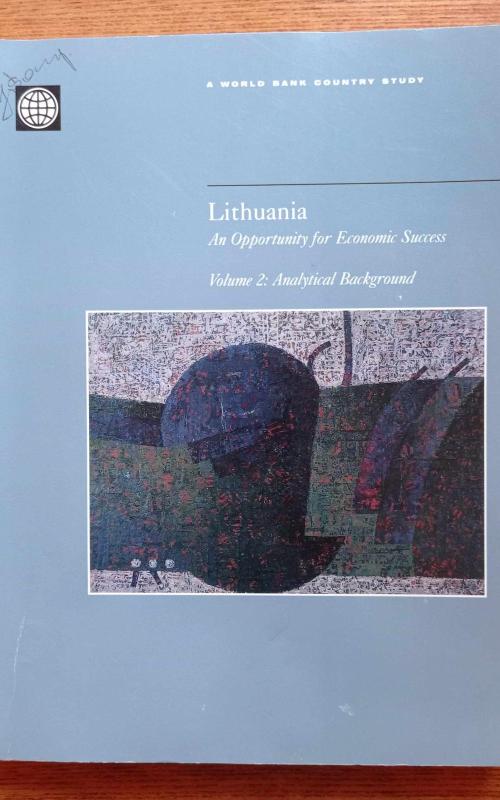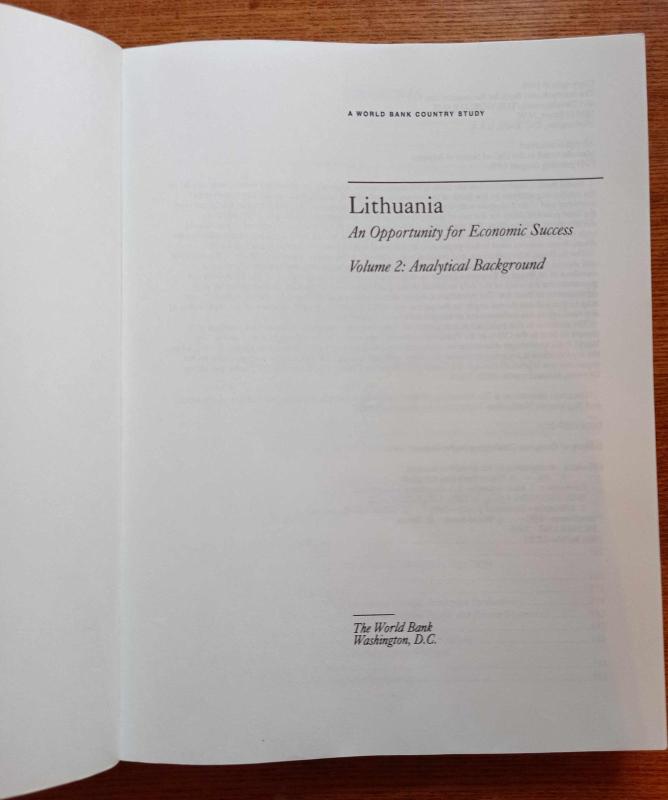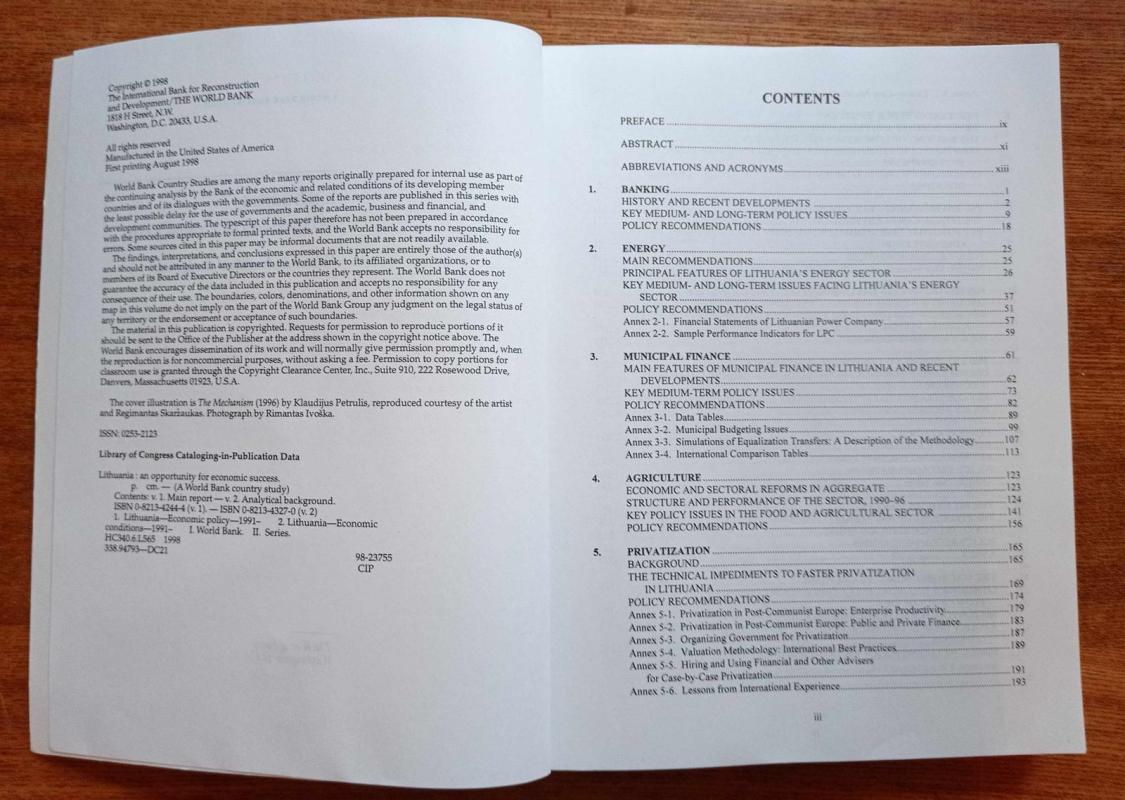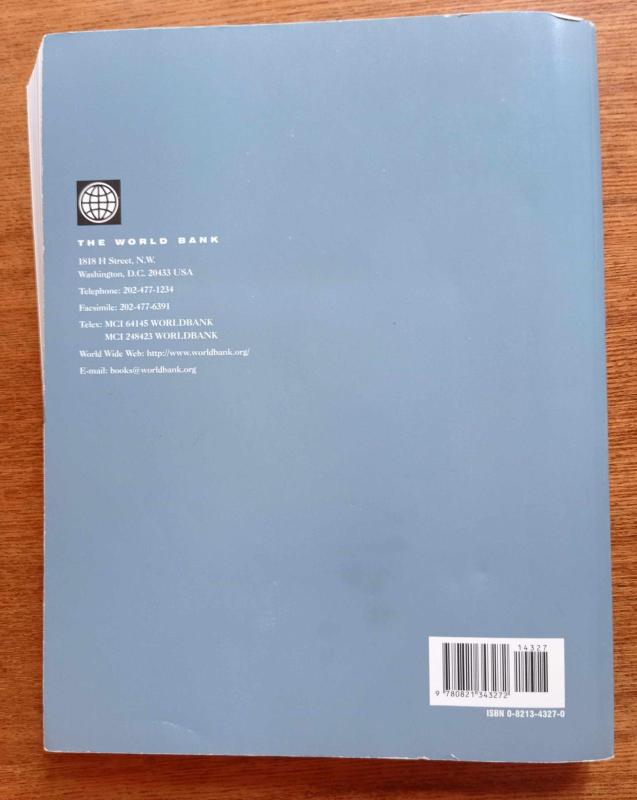



Lithuania: an opportunity for economic success. Volume 2: analytical background
Soon after its declaration of independence, Lithuania launched a program of market-based economic reforms that achieved remarkable results. However, a banking crisis erupted in January 1996, driven by a combination of ineffective bank supervision, poor bank practices, and deep-rooted sectoral imbalances. With financial support from the World Bank, Lithuanian authorities embarked on a broad economic reform program with two immediate objectives: the resolution of the banking system's operational and undercapitalization problems, and a reduction in the most severe imbalances in the economy. 'Volume I' distills findings and conclusions and builds a policy action plan for fast stable growth. 'Volume II' contains a collection of twelve policy notes that provide the technical analysis behind that plan.











